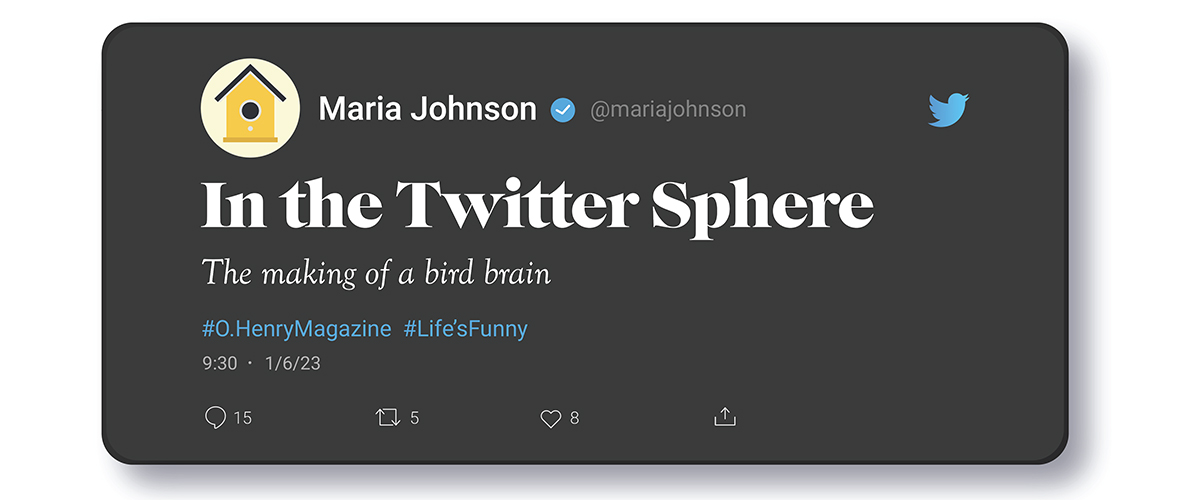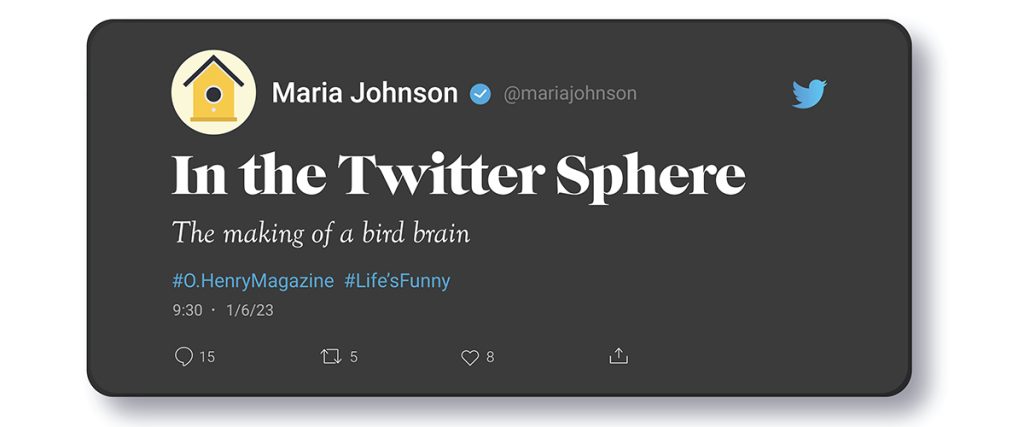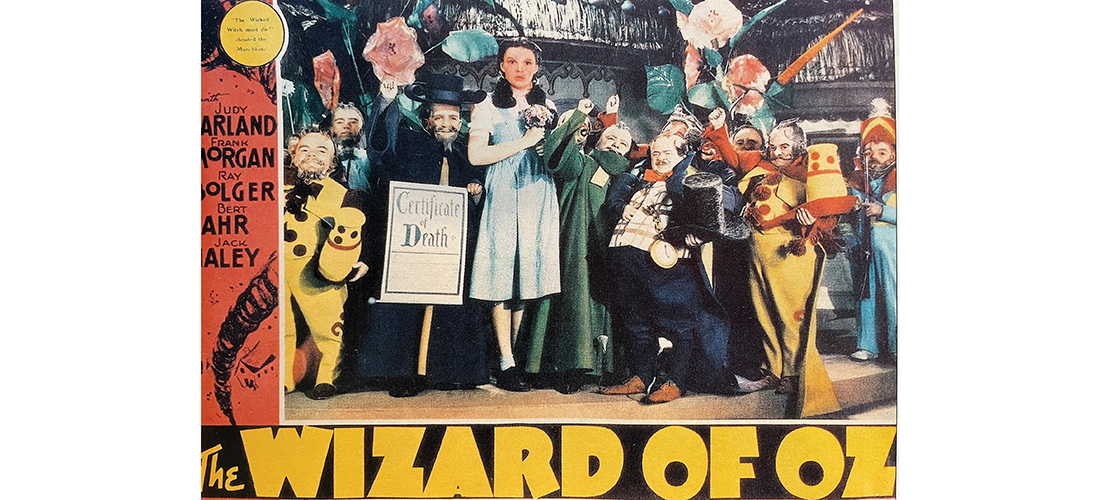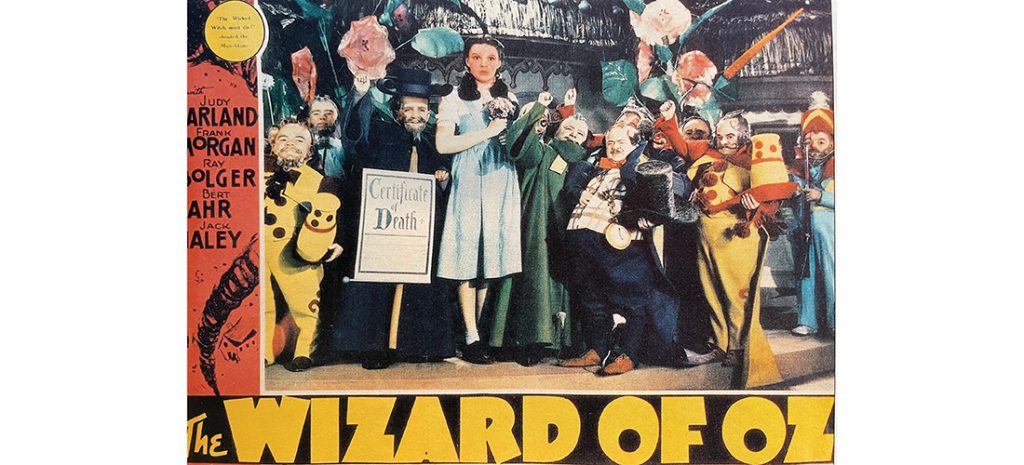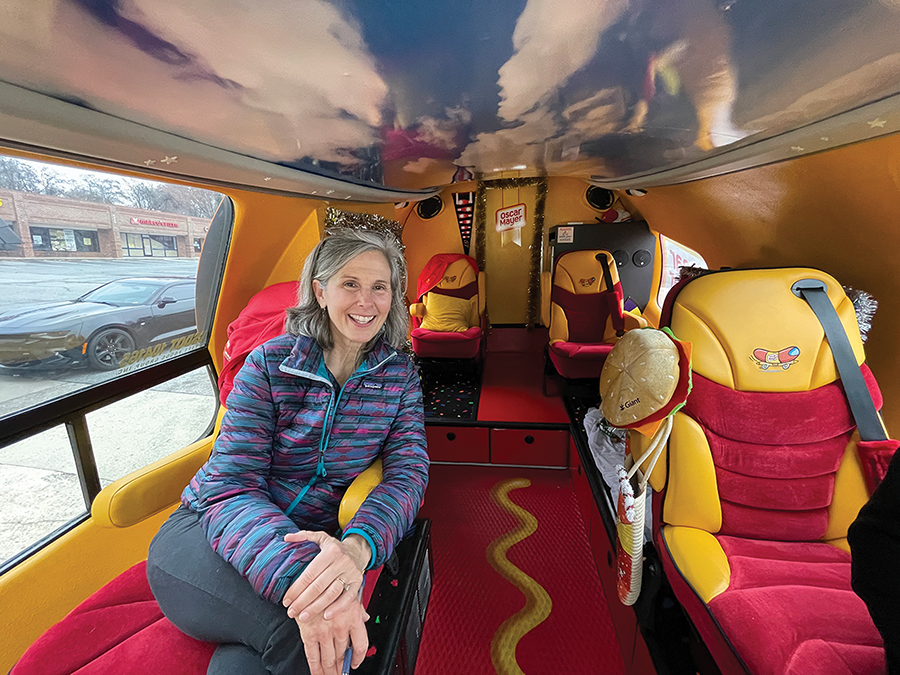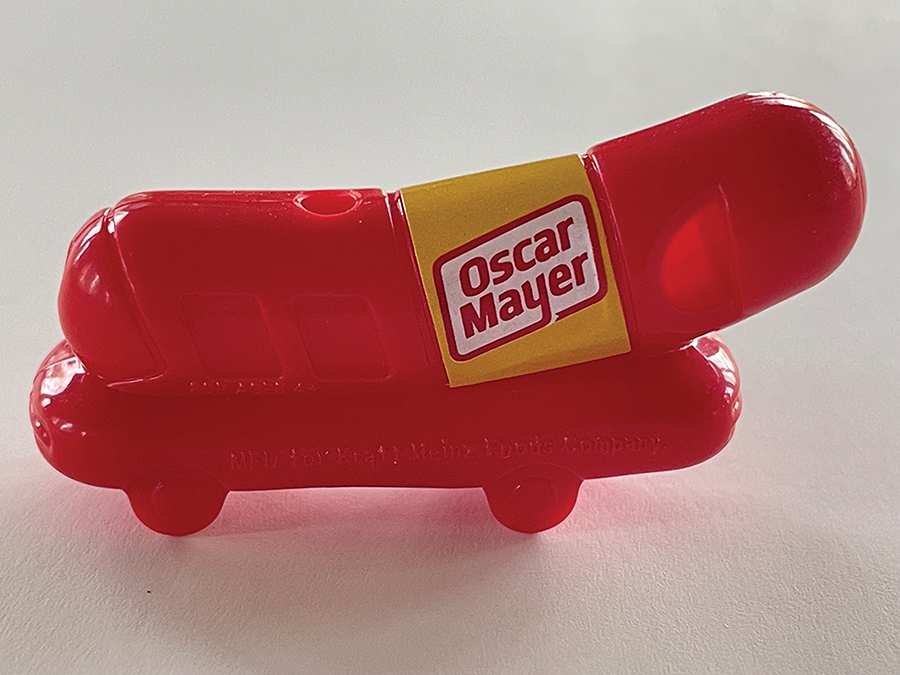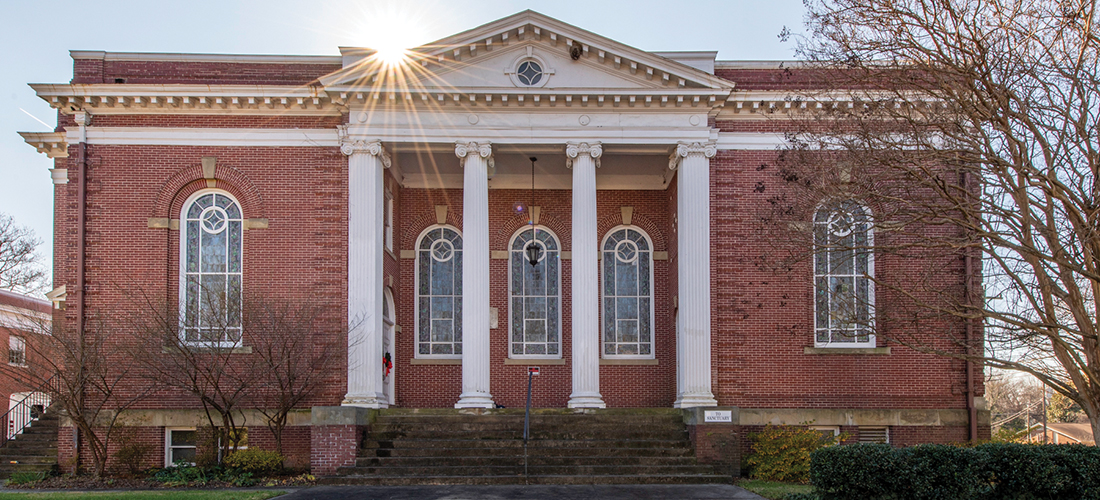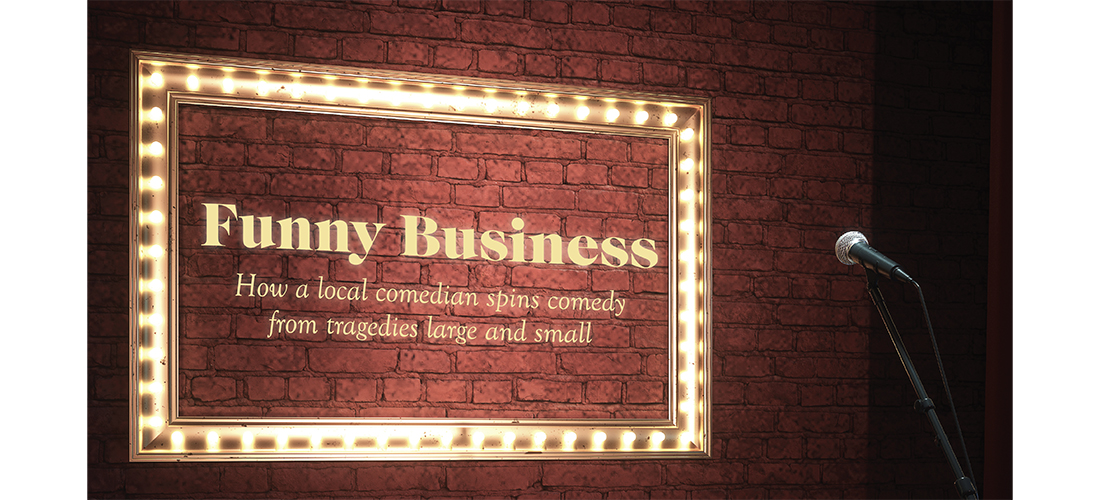Life’s Funny
Life’s Funny

CODE GREEN
Vegging out in the botanical ER
By Maria Johnson
“Do you know what this is?” the woman asks, holding up a pot of frosted, wilted foliage.
“Dusty miller,” I say.
“Does it have a flower?”
“No, but it’s pretty as an accent plant. It kinda shines a light on the plants around it.”
She studies the plant tag for a moment, puts the pot back on the discount rack in the big box garden center and moves on in search of more color.
Right behind her, a young couple with a shopping cart full of fading dusty miller — and minds full of landscaping plans — swoop in to snag the passed-over pot.
A few steps away, another couple, acting as a two-person bucket brigade, shuttles droopy half-price hostas from the top shelf into their buggy.
“I like your garden clogs,” another shopper tells Hosta Mama.
“Oh, thank you,” the woman says mid-handoff, looking down at her feet to remind herself of what she put on this morning: orange-red clogs made from foamy plastic.
“Are they Crocs?” her admirer asks (newsflash: Crocs are back).
“No, but they’re the most comfortable things I’ve ever worn,” says Hosta Mama, invoking the name of another discount mecca. “Seven dollars at Gabe’s.”
“Whaaaaat?” says her questioner. “Where’s Gabe’s?”
“Off Wendover,” interjects Hosta Papa.
“Go get you some,” says Hosta Mama.
For the plants and the patter — two of my favorite things — this is where I like to hang out: in the botanical “emergency room,” where garden centers large and small dispatch plants with one root in the grave.
Deathbed daisies.
Forlorn ferns.
Crispy caladiums.
Puny petunias with thready pulses.
It’s not just the low prices that draw me to the way-back, where bar codes have been slashed with Sharpies. Though I’d be lying through my lilies if I said that didn’t matter.
Inflation has hit gardeners hard. A packet of seeds can run $3 easy. Starter plants — whether destined for plate or patio — are dear, too.
Tally the costs from seed to shelf: planting materials, labor, electricity, water, fertilizer, transportation, to say nothing of the front-end display and maintenance by folks who drag around those infernal watering hoses, the equivalent of speed bumps to those of us who like to drive our carts at a frisky clip.
Ca-chunk, Ca-chunk, @&#%$.
Anyway, that’s how you arrive at $10 or $20 or more for a two-and-a-half quarts of bountiful blooms and fulsome foliage, all of which nourish the eyes and soul, but dang. Multiply that times a border or two if you want to understand why my price-point peeps and I hang out in the ER where we can lop off 20, 30, 40 or 50 percent — even more when the dog days pant their humid breath in our faces.
Last week, I snagged a few plants near the entrance of a garden center, only to find the exact same specimens — a few days older and worse for wear — on the discount racks for much less.
Bazinga. Adrenaline hit.
So there’s that. But that’s just a part of it. The other aspect is community, a feeling of kinship among the compost crowd that touches more than the pocketbook.
It has to do with promise, potential, imagination and hope.
Does a plant contain enough green in its leaves, enough spring in its shoots, enough buds on its stems, to bounce back with a little love and a lot of Miracle-Gro?
Can you envision what it could be?
Do you know how to get it there?
Often, the people who frequent plant-based ERs are good at this kind of triage. My mom, a seasoned greenie who turned me on to this niche sport, taught me how to suss out survivors by looking, touching and, yes, sometimes by talking to the patients.
“Whaddya think?” I whispered as I caressed a scorched fern just a few weeks ago. “Can we do this?”
I saw and felt the answer in the lime-green curls close to the plant’s center. But even if the answer is yes — as the fern affirmed — that doesn’t mean you can be stupid about it.
You have to offer the right place. The right soil. The right light. The right moisture. The right season. The plant will tell you if you’re on target.
As legendary Greensboro garden designer Chip Callaway once told me: “There’s a difference between thriving and surviving.”
He was talking about plants, though he could have been talking about people, too.
Another Chipism: “Don’t be afraid to fail.”
Translation: Good gardeners lose a ton of green — in all senses of the word — on the way to becoming good.
Over the years, I’ve lost more floundering flora than I’ve saved, though my efforts are bearing more fruit these days.
The most humbling thing? I’ve had nothing to do with a lot of the saves.
More times than I can count, distressed perennials have saved themselves — eventually — even if they appeared, to my eye, to perish.
I’m thinking of one particular tea olive, a flowering evergreen shrub, that was in critical condition when I lugged it home along with some sickly companions last fall. I stuck them in a favorable spot. The mates caught on. But the outlier flatlined.
I was certain of it, pronouncing the bare branches DOA this spring.
I marked the corpse for the shovel, to be pried out and cast on the fire pit of good intentions.
Then other priorities sprung up, and the shrub fell off my radar.
Finally, I got around to it. I dragged a shovel to the gravesite to exhume the body, when what to my wondering eyes should appear, but clusters of vivid green leaves sprouting near the base.
Well, snap my peas.
Add one more condition to the list of gardening must-haves: the right amount of patience.
I granted the straggler another year.
It won’t be pretty for a while.
Except in the hothouse of my mind. OH
Maria Johnson is a contributing editor of O.Henry. Email her at ohenrymaria@gmail.com.


